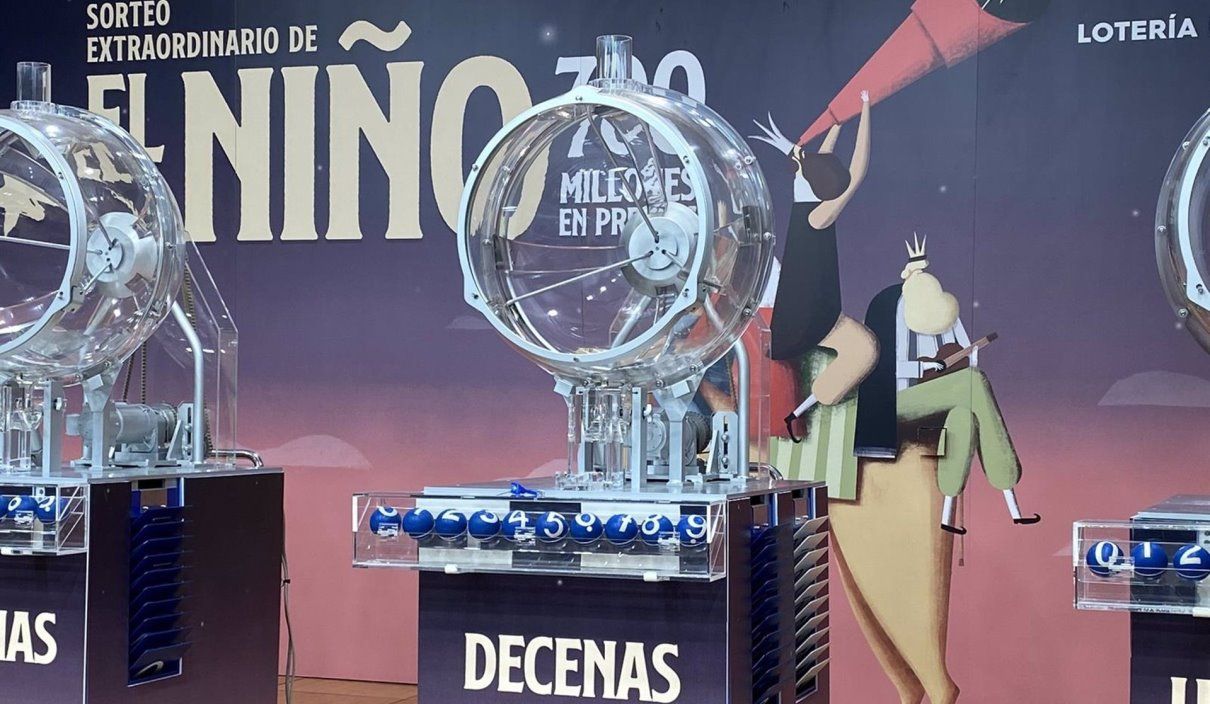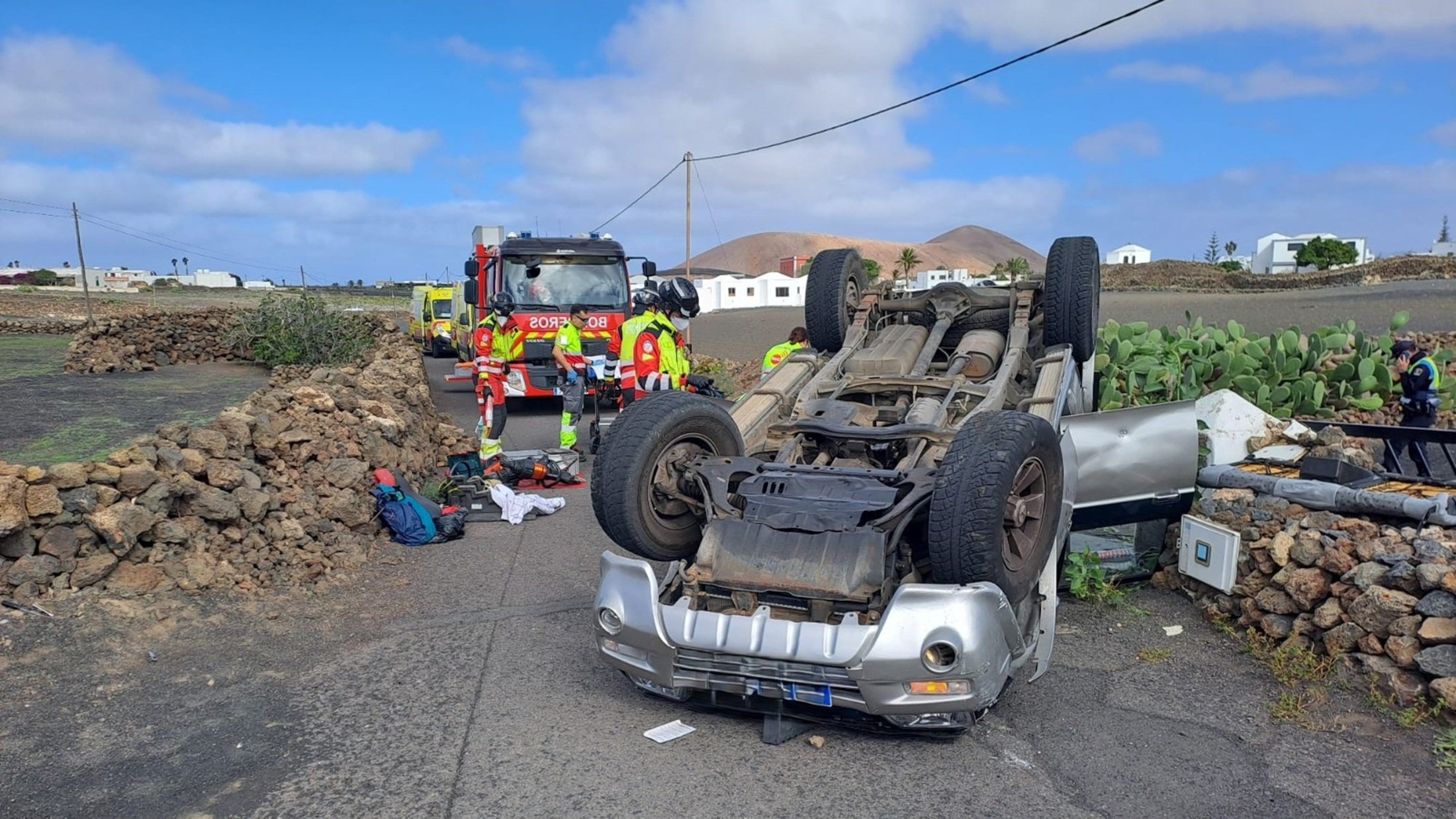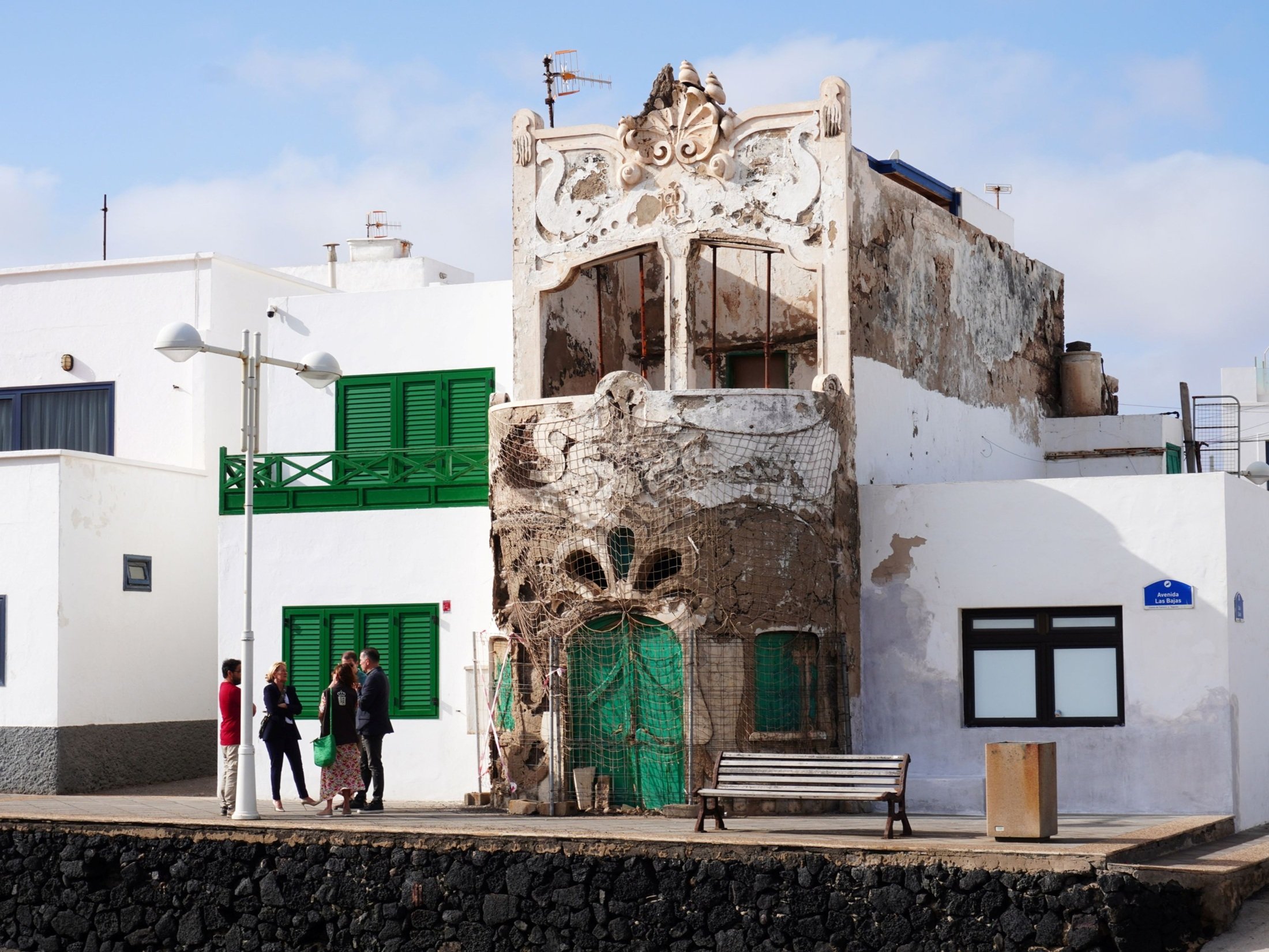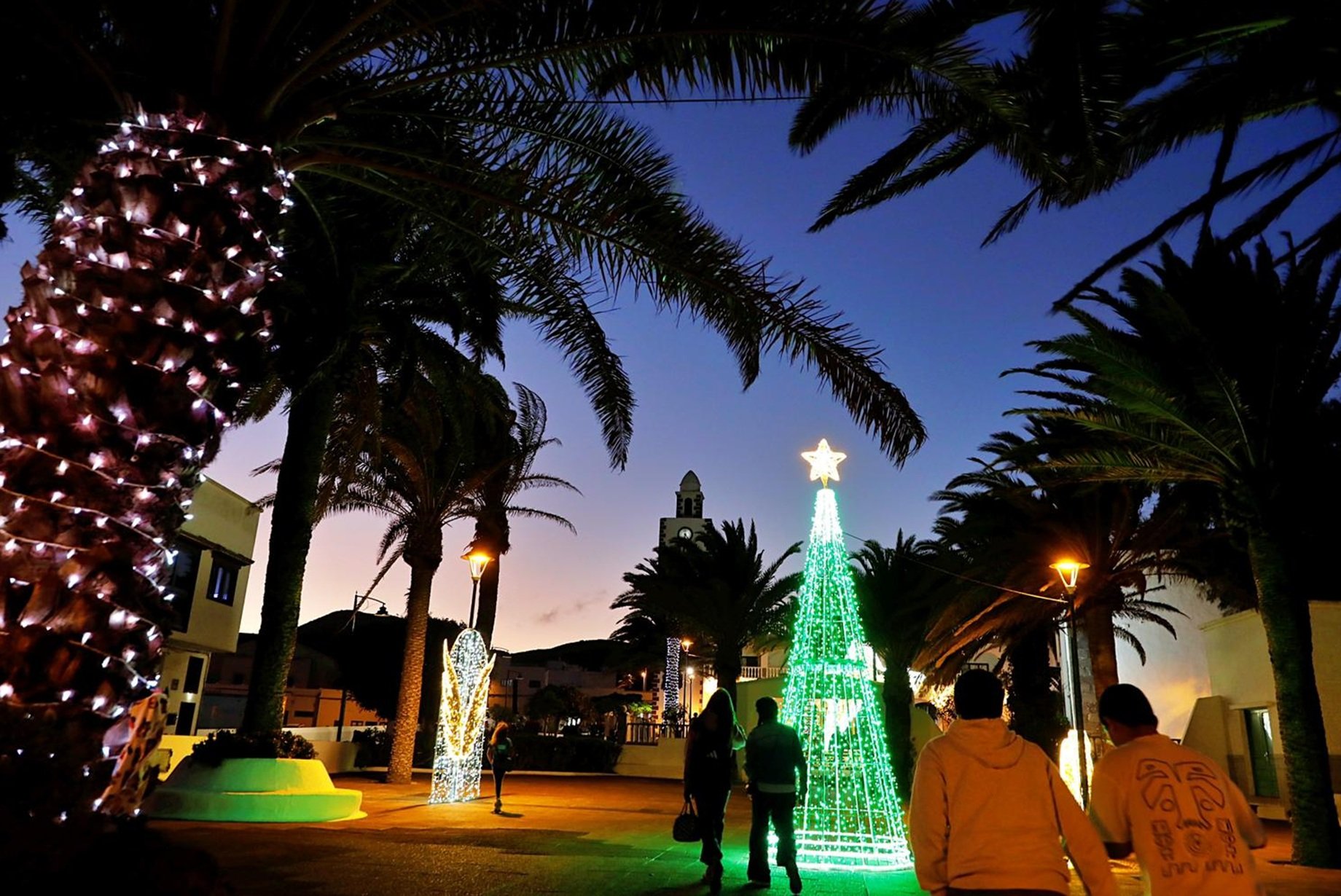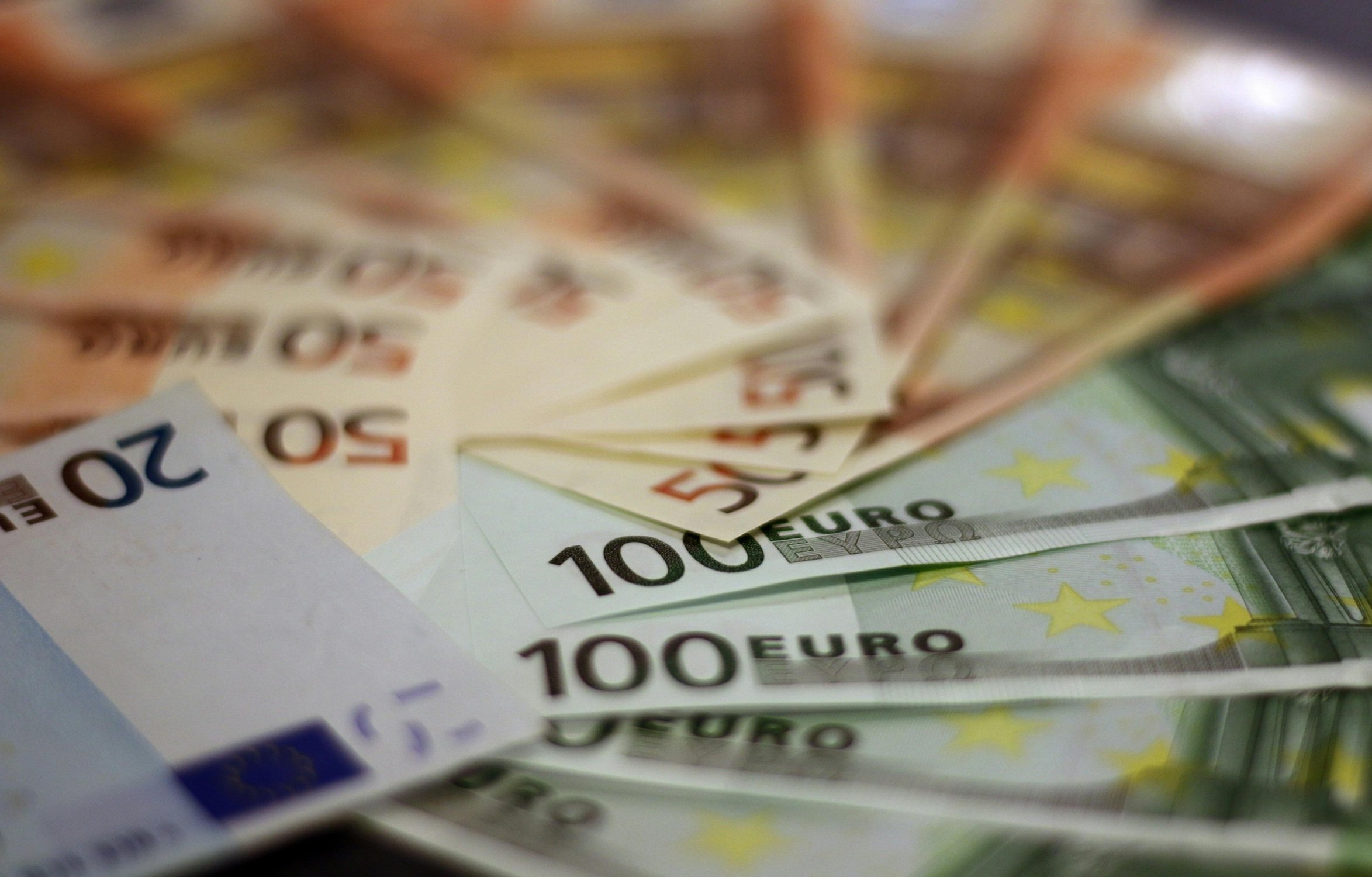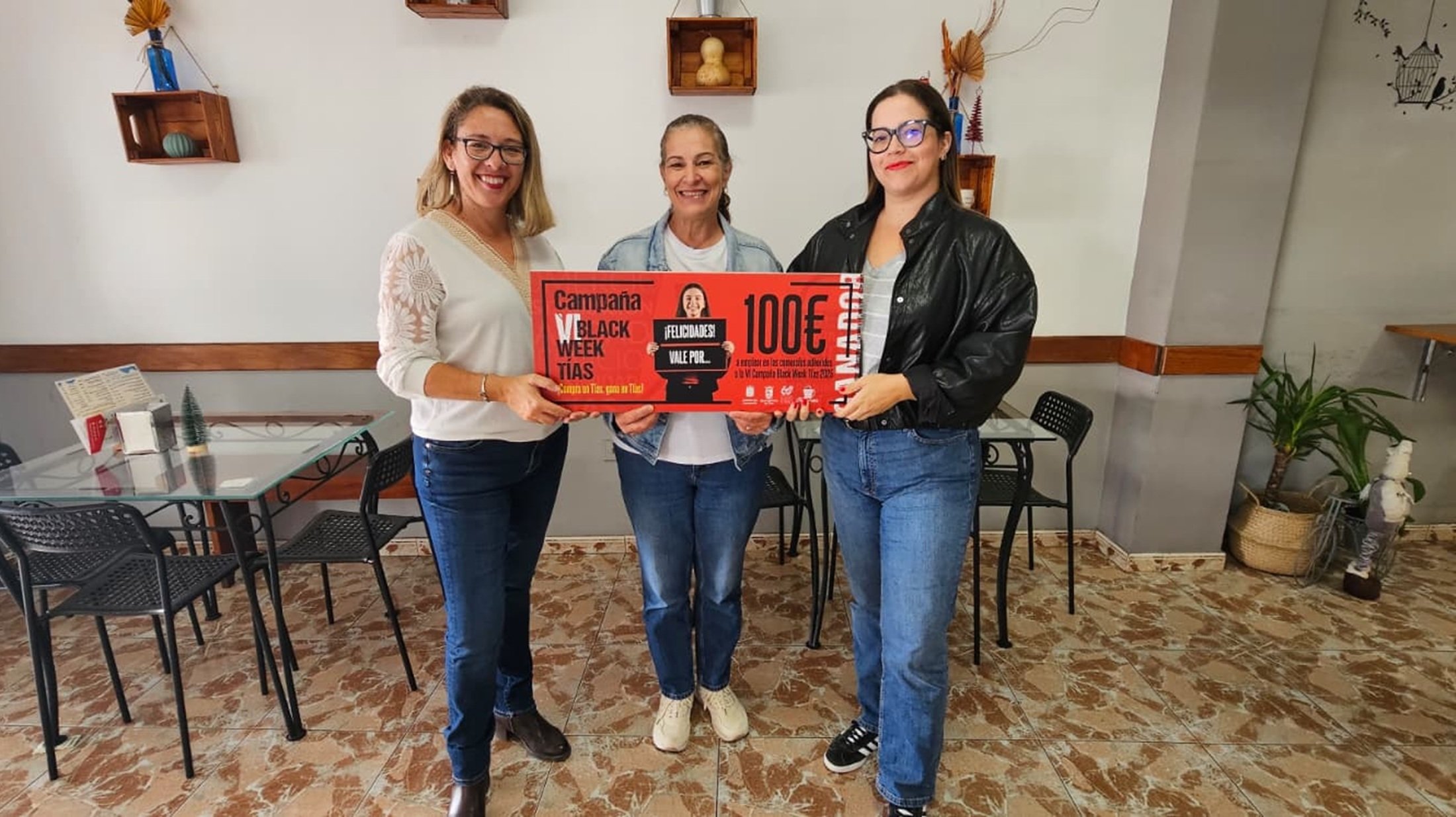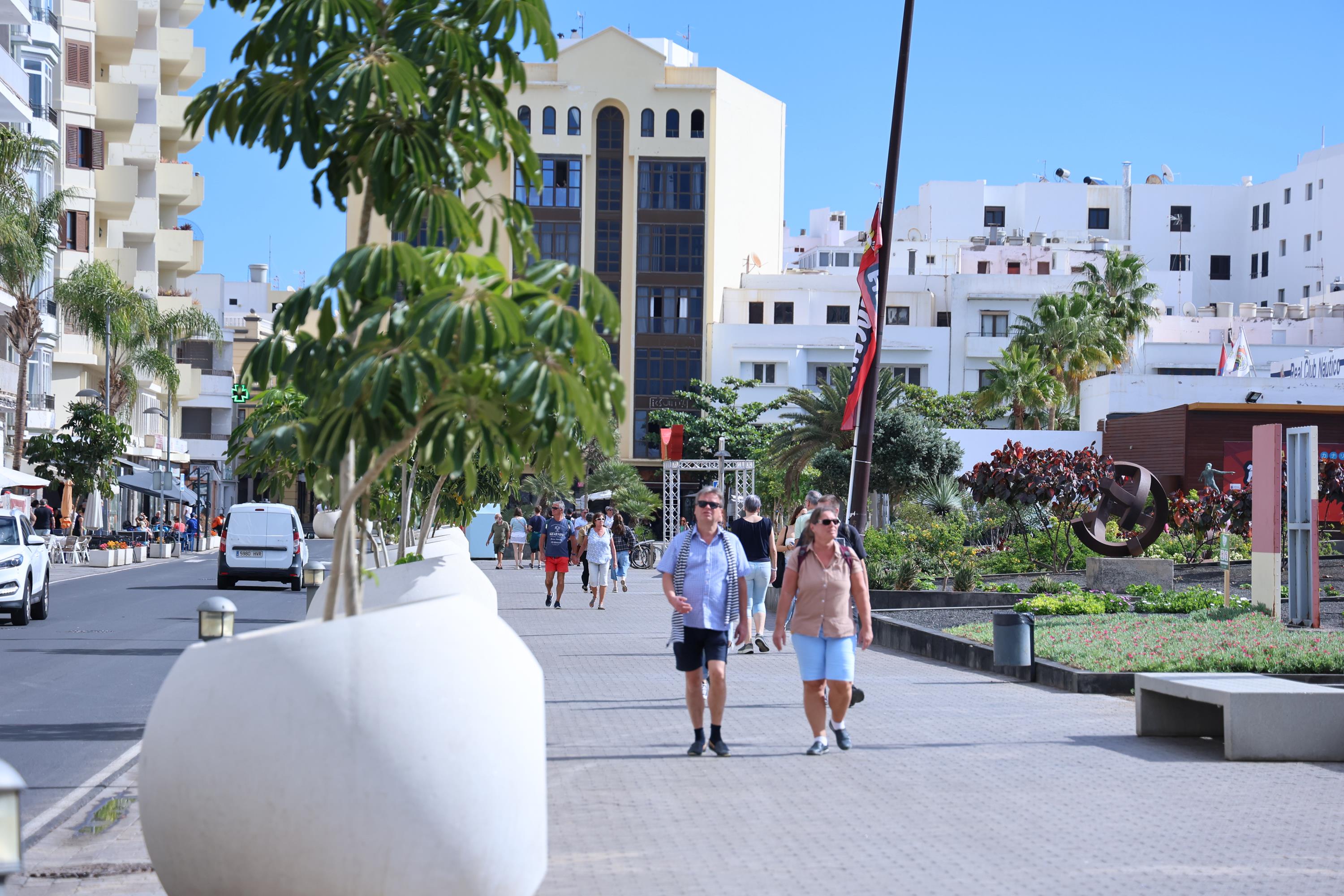The extraordinary 'El Niño' Draw, which is held this Monday, Epiphany, and is the second most important in the National Lottery, distributes 770 million euros this year, with a first prize of two million per series (200,000 euros per tenth), with the Canary Islands being one of the regions of the country that buys the fewest tickets, an average of 13.38 euros per person.
The second prize in this draw is endowed with 750,000 euros per series (75,000 euros per tenth) and the third with 250,000 euros per series (25,000 euros per tenth).
The total issuance amounts to 1,100 million euros and 70% is distributed in prizes.
'El Niño' will be held at 12 noon in the draw hall of State Lotteries and Betting and will be done, as usual, by the multiple drum system.
Unlike the Christmas draw, it does not arouse as much expectation since it follows a pre-established script with a duration of half an hour.
On this occasion, 874,231,600 euros have been allocated, which represents an average of 18.20 euros per inhabitant, an amount widely exceeded in Asturias (30.20 euros), Castilla y León (28.89 euros), La Rioja (26.01 euros), Valencian Community (25.17 euros) and Basque Country (23.22 euros).
This year's average (18.20 euros) is slightly higher than last year's, 17.97 euros.
On the contrary, the least lottery is bought in the autonomous cities of Ceuta (3.53 euros) and Melilla (5.32) followed by the Balearic Islands (9.59), Catalonia (13.02 euros), Navarra (13.23) and the Canary Islands (13.38).
However, the final sales data will not be known until shortly before the start of the draw, when the administrations have reported the tenths they have managed to sell and those they return to the state company.
Zero has been the most repeated ending of the first prize (22 occasions), followed by 7 (14), 4 (13), 9 (13), 5 (12), 2 (11) and 6 (10 times).
This draw was institutionalized in 1941 and, as a result of the success obtained, the following year it was decided to transform it into an extraordinary draw
Canary Islands, among those that buy the least 'El Niño' lottery this year: 13.38 euros on average
The total issuance amounts to 1,100 million euros and 70% is distributed in prizes.
